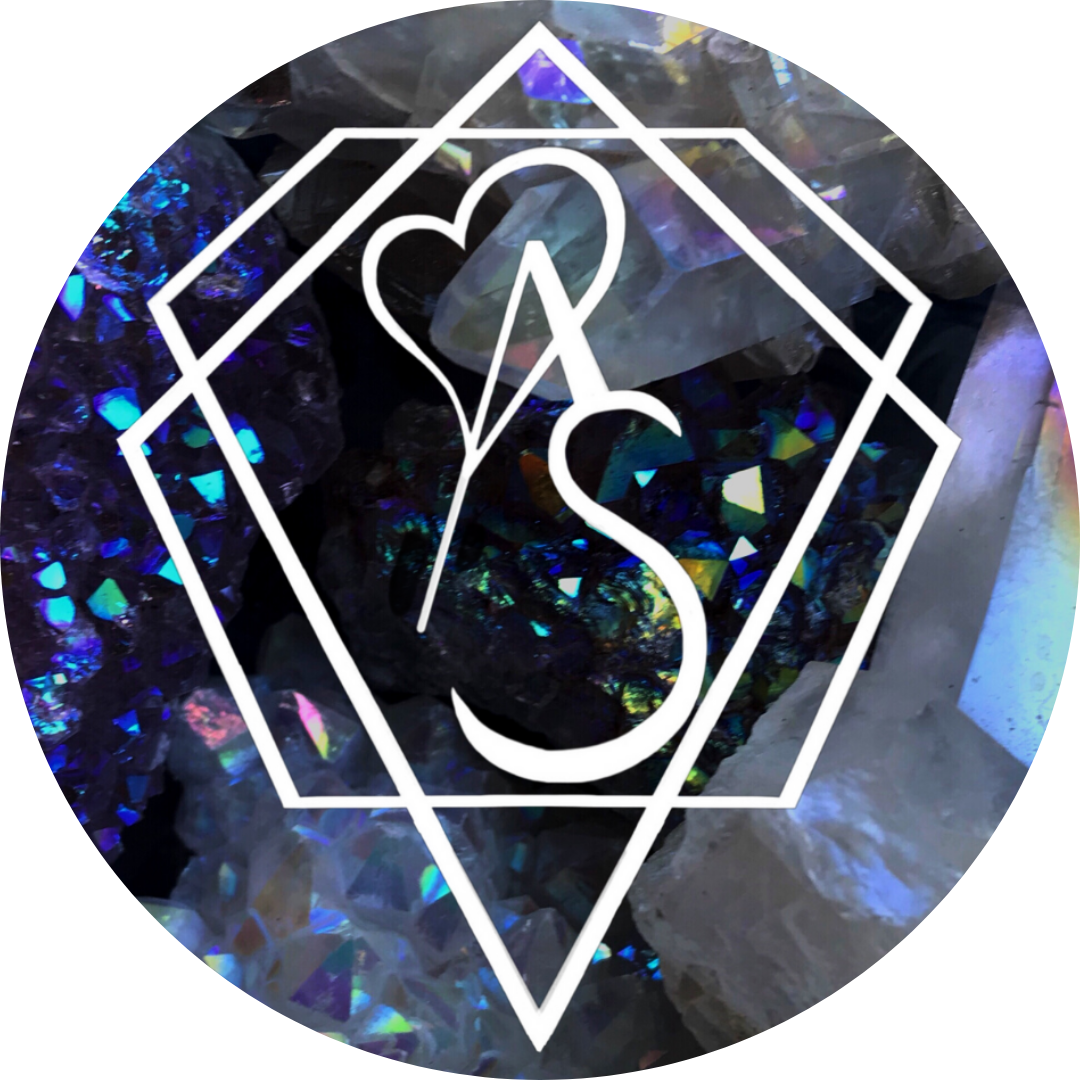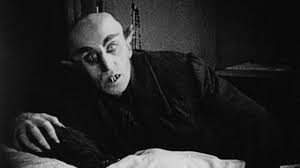Nosferatu: In Defense of the Ugly Vampire (Film)
A still from the 1922 film because ya know …it’s in the public domain. Even if you haven’t seen the new film and want to read this article I think it’s best for Orlok’s appearance to be unveiled through viewing the film.
Post seeing Nosferatu at the theater on Xmas I was of course seeing peoples’ reaction to the film. If you haven’t seen it, this is your warning: SPOILERS AHEAD! Disembark from this train now if you want to view the film encumbered with it secrets.
First things first, I love horror films but not your average cheap trick, trope filled sequeled to death movies. I’m talking The Babadook, Suspiria(2018), Possessor, Mandy…cinematic art house horror. Vampires have always been one of my favorite monsters even as a child. I have this very clear memory of my sister and I (we must’ve been no older than six and seven) in the backseat while my mother was driving. My sister and I were arguing about who was better? scarier? stronger? A vampire or Dracula. I remember my mother trying to play mediator saying “girls you’re both right, vampire is what he is, Dracula is his name.” So I like to think that I’m a connoisseur of sorts. And let me tell you Nosferatu is Robert Eggers’s magnun opus. With astounding attention to detail, mood and score, it is absolute perfection.
One thing I observed after was people’s displeasure that Count Orlok wasn’t a “hot vampire.” Hmmmmmm I’m genuinely perplexed as to why there was an expectation for him to be such. This may seem a small thing but I believe that the fact that Count Orlok is an unredeamable, inhuman monster, really a force of mercy-less nature… an ‘appetite’ if you will, is integral to the entire film. Now before I go further I am not saying that attractive = good and unattractive = evil but in film we are highly susceptible to visuals. And our society tends to be more sympathetic (in general) to those who are more attractive.
Let’s start off with our first incarnations of vampire lore and literature, especially our boy, the Count. Vampires did not begin as this romantic anti-hero, a “bad boy” clad in a leather trench coat like Spike or sparkling in the sunshine like Edward Cullen. They are creatures of darkness, bringing death and decay. Vampires were seen as death incarnate, plague in “human” form. That was Eggers’s goal for his film: “in order to make the vampire scary again, I wanted to go and check out the folklore that was written about and by people who actually believed that vampires existed. Early folk vampires were decaying, disgusting, maggot ridden corpses.” -Eggers in an interview- “so then the obvious question is well what does a dead Transylvanian nobleman look like…I dare any of to find one without a mustache.” Even in the original novel by Bram Stoker, the blood sucking count is described as old, with deep furrowed lined face, hairy hands and claw like nails. Does that sound attractive… no. In the first Nosferatu film, (1922), the count doesn’t even pass for human… because he isn’t, he’s a creature of the night. In Nosferatu the Vampyre (1979), though Count Orlok is somewhat of a more tragic figure he doesn’t pass for human either. Eggers’s film goes back to this core idea of original vampire lore. Lore in which vampires relied on their powers of compulsion and dark influence over their victims not their looks.
Next case in point. Our society, especially Hollywood has this drive to perfect everyone, and … everything, if they’re not fuckable we don’t want them on screen. The sexy vampire has been done and done … and done to fucking undeath. My point is we’ve gotten sexy vampires so many times before so why do we need to see it again? Unless there’s something new there… like the Interview with the Vampire (2022-) tv series, with its fresh retelling, making all the queer subtext well …text. Also an incredible watch by the way.
Anyway more importantly had Count Orlok been physically attractive Nosferatu would have been an entirely different film. It wouldn’t have been a horror movie, because an attractive powerful aristocratic isn’t terrifying, at least not to the audience who is safe from his wrath. Think of Netflix‘s Dracula (2020) series starring Claes Bang. (Yes, Fjölnir from The Northman, that guy.) He’s handsome, he’s charming and charismatic, & when he kills people he’s a scoundrel in the most entertaining sense. You smile at him even as you wag your finger and shake your head. You kinda root for him the entire time. In Francis Ford Coppola’s Dracula (1992), Dracula is a tragic character, ending up on this dark path due to heartbreak. By the movie’s end he’s gained your sympathy and maybe even pity. Now I love Coppola’s Dracula. But it’s a gothic romance: “Do you believe in destiny? That even the powers of time can be altered for a single purpose? That the luckiest man who walks on this earth is the one who finds... true love?“-Dracula, it’s not a true gothic horror. At least not in the sense that the audience is scared of Dracula especially when he’s the handsome, younger version of himself. In Nosferatu (2024) the entire dark mood of the film rests heavily upon how terrifying Count Orlok is and Ellen’s internal struggle with succumbing to the darkness. The darkness is what she is enthralled by not his looks. If he was a hot vampire, that’s where the focus would be, we would have also seen the logic for her desire but desire has no logic here. She has had these carnal desires for years (it seems) but feels the need to repress them, because ya know polite society and all that garbage. It’s clear that she is arroused by her dreams of the Count, even though they are disturbing and she feels guilty about it. In the end she succumbs, perhaps partly because she feels she can’t resist anymore or maybe because she wants to. Most definitely partly because it’s the only way to defeat him and stop the plague of death that Orlok brought with him but either or both BECAUSE he is a monster it is a sacrifice. She gets to remain a moral, innocent wife because of that. Had Count Orlok been a hottie, it would have been a betrayal to her husband. She’d be a harlot. It would be a shameful act… gasp! It is because he is a monster that she gets to succumb to her dark desires AND be cleansed of the shame of it at the same time by saving those she loves. Which I think is why she has a melancholic nature, somewhere deep in her psyche, since these “spells” began she knows that the ultimate pleasure for her lies with a creature of death, that absolution from her shameful desires goes hand in hand with her own death.
This film could also be categorized as a dark fairytale or horror fantasy. In Natalie Wynn’s (Contra Points on YouTube) video essay on Twilight, they go in depth on how fantasy, specifically romantic or sexual fantasy, creates scenarios in which the protagonist is absolved from the shame, indecency, or guilt of their desires. The reader or viewer then too is absolved and free to bask in the pleasure of it. Let’s look at a chaste example. In Natalie’s description the “function of disavowal in fantasy is that you get what you want without the indignity of having to ask for it, or ‘against your will’… Bella is adamant she doesn’t want a fancy wedding but Alice insists, so there’s a fancy wedding… well, you know what people say about women who want fancy weddings: divas, bridezillas!.” In a somehow less chaste and more chaste example: Bella must snuggle up against shirtless Jacob in front of Edward, oh no! But it’s only to prevent herself from freezing to death, wink. A love triangle, being desired by two men is a common fantasy trope as illustrated in the cuck-tent scene in Twilight.
A thought on Ellen’s “spells.” Were her dreams premonitions? Was it her destiny? Being haunted by one’s own death brings to mind Mike Flanagan’s Haunting of Hill House(2018). That dull sense of dread, of moving towards something inescapably awful, that only becomes clear in the end, it was always the only path/truth right from the beginning.
Back to Nosferatu. Now there are plenty of hot villains in film and literature but since this film is a remake of a silent film, visuals are extra significant. Count Orlok’s inhuman looks cement that this film is a fantasy, unrestrained by reality’s rules. His wardrobe, and so much about this film is pretty historically accurate, this creates a horrifying fantasy that feels real thus intensifying the horror of it. Of course the film goes the extra mile with the score and terrifying sound of Orloks voice to create the atmosphere.
Something that is different about this film is that Ellen, the female protagonist is the main character. In all (or nearly all that I can think of) incarnations of this story, Dracula is the main character. Had he been devilishly handsome, I think the film would have naturally focused on him as the main character. We would have expected to learn more about his back story and we would have been inclined so see him as a sympathetic character, his death being a tragedy, like in Dracula (1992). Again, that doesn’t create a HORROR film. Robert Eggers’s Count Orlok isn’t heartbroken or lonely, he is a terrifying creature looking to satisfy his hunger, a true representation of original vampire lore. I love a modern sexy version of a vampire but that’s just not what Eggers’s wanted to create. Though there are definitely those who even after seeing Eggers’s film, would love to go for a mustache ride, the general consensus is that Count Orlok is an evil monster. A consuming destructive force and I’m here for it. Not only does it make the most sense, it creates a true Gothic Horror.

